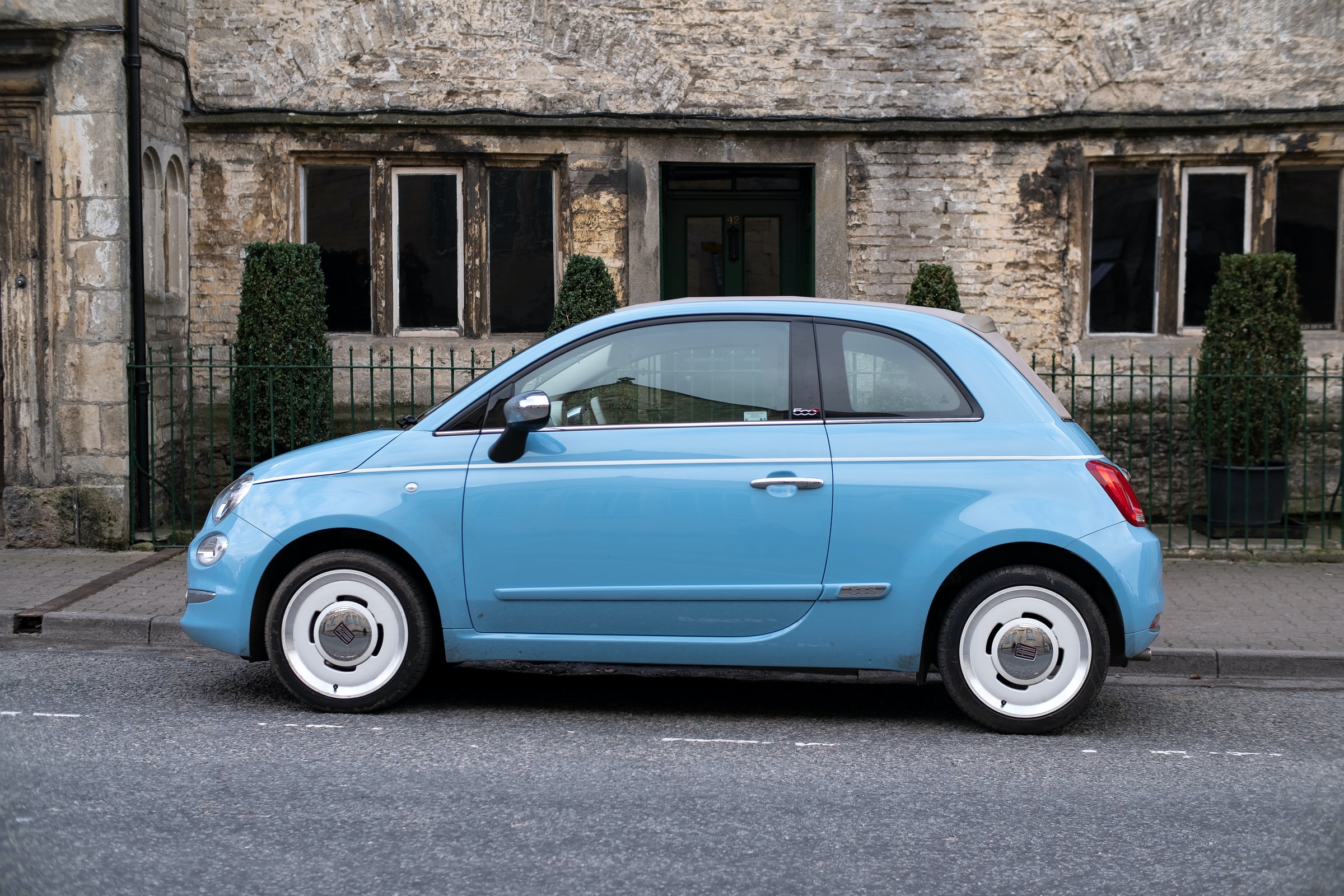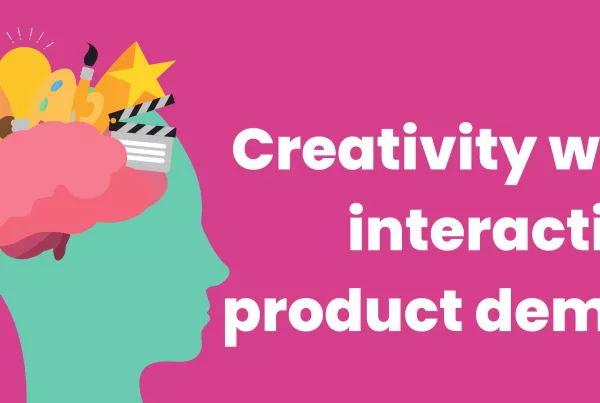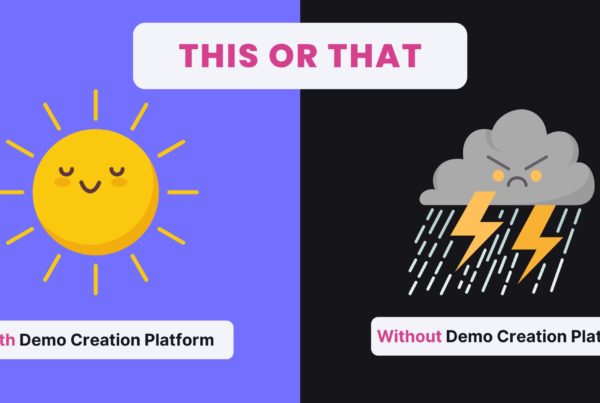There’s clearly been a huge push to get B2B SaaS companies to adopt a product-led growth approach in the last two years. It can seem like it’s driven by venture funds, by a devotion to fads and trends, or just a herd mindset – and so some people are still (quite naturally) not taking it that seriously.
But recently, Reprise’s VP of Marketing Jenn Steele came up with an analogy that to me perfectly illustrates why PLG isn’t a passing trend, but a reflection of a significant shift in the way software is bought and sold – and it’s here to stay.
Jenn’s Background
Jenn has been in marketing for over a decade, and has led multiple marketing teams, but when she speaks about PLG she often confesses that she’s also a marketing cynic. She’s seen trends like inbound marketing (wow, people want to learn stuff!), social selling (who knew people are human on the internet!) and account-based marketing (omg, sales with a marketing assist!). It’s safe to say she’s distrustful of trends.
So when she first heard about product-led growth, she thought, “wow, this is… just freemium.” But she’s grown to believe she was wrong to be skeptical. PLG does have fundamentals in the freemium motion, but it’s really an end-user focused model that relies on the product itself as the primary driver.
(Ok, that description doesn’t sound exciting. Stay with me here.)
The B2B Buying Approach for Cars
To really understand why PLG is real and here to stay, let’s look at how the B2B marketing funnel would look if we used it to sell… cars.
Here’s the typical B2B marketing funnel. Familiar, right?
This is how buying a car with this process would go.
To start with awareness, we’ll do thought leadership content on our blog and Linkedin about the benefits of transportation (without ever showing or mentioning a car).
Next is interest, where we’ll talk about the benefits of our approach to transportation and our general philosophy behind it. We want you to think about cars the way we do – but we still won’t show you a picture of a car.
In the consideration step, we’ll allow you to register on our website. And we’ll encourage you to download a brochure on how to plan a road trip, because if you’re planning a road trip you’ll need to buy a car at some point, right? 🙄 (Still no car pictures, by the way.)
Once you’ve moved to the intent stage – we know you definitely want to buy a car – you get to fill out a “request a visit” form on our website which tells you about the benefits of talking to a dealer. There are still no car pictures, let alone an actual car, in sight.
Evaluation – cool! This is where you get to drive the car, right? Wrong. You need to make two trips to the dealer. On the first visit, you get to the dealership and the dealer asks you lots of basic questions about what you want (this is the discovery step, and no, you still don’t see a car). On the second visit, you finally get to see the car! But the dealer is just driving it in front of you, and you can’t touch it, let alone take it out for a spin.
Now that you’ve seen the car, we’ve determined you’re ready to make a purchase. You finally buy the car! But you can’t drive it yourself until customer success takes the first eight trips with you.
This method of buying a car is basically taking a bad experience and making it significantly worse. No one wants to buy this way.
So why do we do this to our prospects in the B2B world?
The Biggest Objections to PLG
At Reprise, we hear a lot of objections about product-led growth.
Competition is the number one – what if competitors see your product? Jenn’s response is that they already have – get over it! It’s hard to be buyer-centric in your process if you’re scared what might get out.
Another is how we’ve been trained to be marketers – sell the sizzle not the steak, etc. But when you roll a bunch of things all the way up to the top benefit, we all sound like clones. Every single martech tool tells you how they’ll grow your revenue.
And the biggest is that engineering doesn’t have the bandwidth to deal with it, and marketing and sales don’t know what the customer really needs. (And hey, Reprise can help you here!)
B2B vs. B2C: What We Can Learn
And what’s always interesting is that the car funnel aside (because buying a car is not usually a fun experience), the B2C world absolutely nails PLG.
For example, we all hate blister packaging – but it’s PLG! It’s letting people see and sometimes try your product before they buy. Or you can go see a house before you buy it in person, or you can go test-drive a car before making a purchase commitment.
People are people everywhere – even when you’re technically selling to a business, you’re really selling to the people in that business. Trying to sell without your product just doesn’t work.
And as younger and younger generations buy, people increasingly just want to see the thing you’re selling. Why not give it to them in some form? And that’s what PLG is all about.
Photo by Oli Woodman on Unsplash





